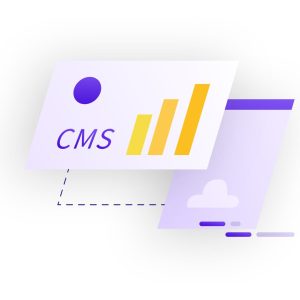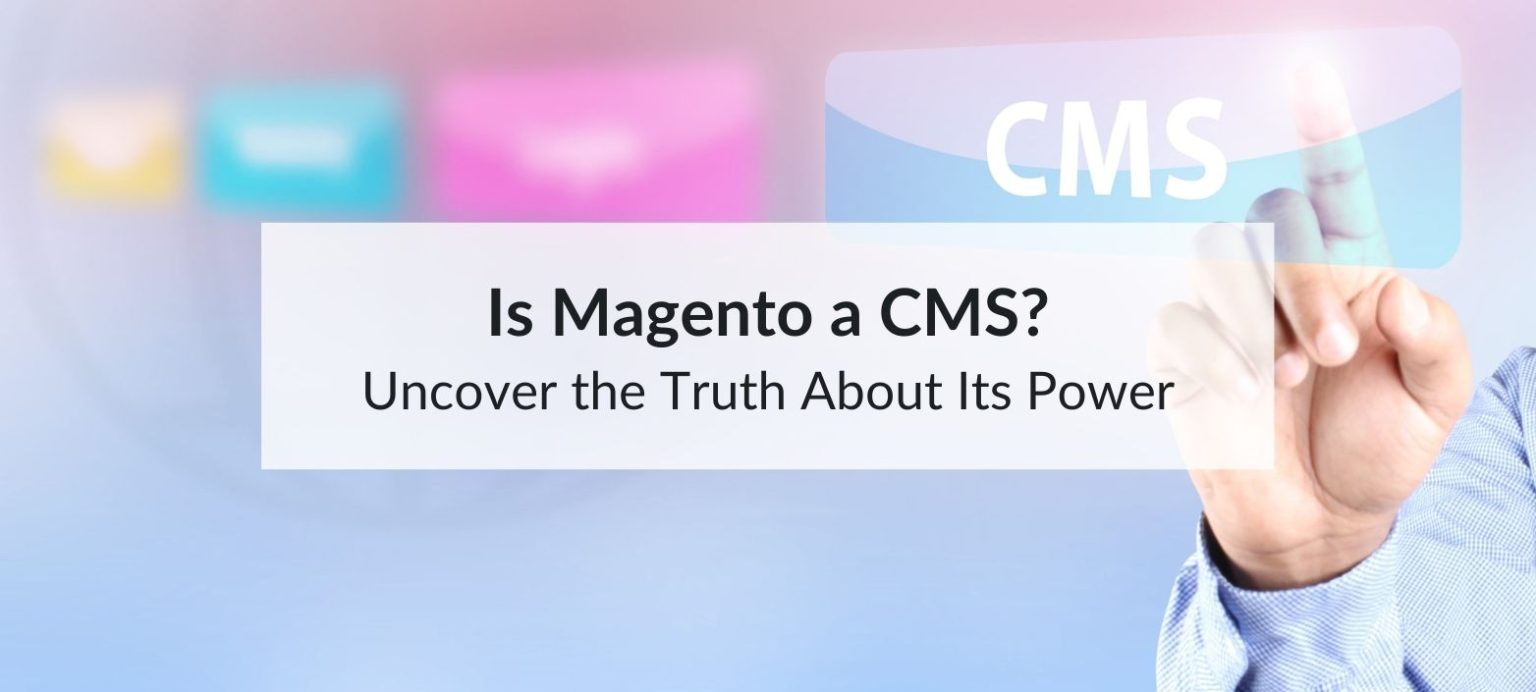Magento is often mentioned alongside platforms like WordPress and Drupal, but that raises a common question: Is Magento a CMS? Technically, yes, but it’s much more than that. Magento offers content management capabilities, but it is primarily an ecommerce platform built for managing complex product catalogs, checkout processes, and online sales.
Here’s a closer look at Magento’s CMS functionality, and why it differs from traditional content management systems.
What Is a CMS?
A Content Management System (CMS) allows users to create, edit, organise, and publish content on the web without needing to write code. Common CMS examples include:
- WordPress – ideal for blogs and marketing websites
- Joomla – used for community sites and apps
- Drupal – often selected for enterprise content platforms
These systems focus primarily on managing pages, articles, media, and layout.

So, Is Magento a CMS?
Magento includes CMS features, but its core function is ecommerce. It allows businesses to:
- Manage product listings and categories
- Process orders and payments
- Handle customer accounts
- Run promotions and discounts
- Integrate with third-party tools like CRMs, ERPs, and analytics
Magento's CMS Tools:
- Page Builder (Adobe Commerce only) – A drag-and-drop editor for creating landing pages and content blocks
- Static blocks – Reusable content placed across product or category pages
- WYSIWYG editor – Found in content sections like CMS Pages and email templates
- Media library – Stores banners, images, and files used across the site
So, while Magento offers CMS tools, they support commerce-driven content and not general website publishing.
How Magento CMS Compares to WordPress
Magento allows content editing, but it’s geared towards ecommerce workflows. By comparison, WordPress prioritises blog articles, flexible layouts, and media-heavy pages.
Example:
A Magento store might create a “Gift Guide” landing page using its Page Builder, linking to products and bundles. A WordPress blog post could cover the same topic in more editorial style but wouldn’t support native checkout functionality.
For some businesses, integrating WordPress with Magento provides the best of both worlds. Tools like FishPig make this integration possible, enabling the use of WordPress for blogging and Magento for commerce.
When Magento's CMS Is Enough
Magento’s built-in CMS features work well for:
- Creating homepage layouts and promotional content
- Publishing static content like “About Us” or “Shipping Info”
- Managing banners and landing pages tied to sales events
- Running A/B tests on content blocks (in Adobe Commerce)
If a business prioritises ecommerce over content marketing, Magento’s CMS tools are often sufficient.
When to Consider an External CMS
Some businesses outgrow Magento’s native content tools and prefer pairing it with a standalone CMS. This is common for:
- Brands investing heavily in content marketing
- Stores that manage a large editorial team
- Companies needing a full-scale blog with tagging, commenting, and RSS
In these cases, headless CMS options like Contentful or Storyblok allow teams to manage content outside of Magento while delivering it to the same frontend.

Final Thoughts
So, is Magento a CMS? Technically yes but its content tools are designed to support ecommerce first. Magento’s strength lies in its ability to combine content with commerce. Businesses that need advanced product management, custom checkout flows, and promotional tools will find Magento more than capable.
Those looking for rich blog functionality or complex editorial publishing might pair Magento with a dedicated CMS or opt for a hybrid setup.

